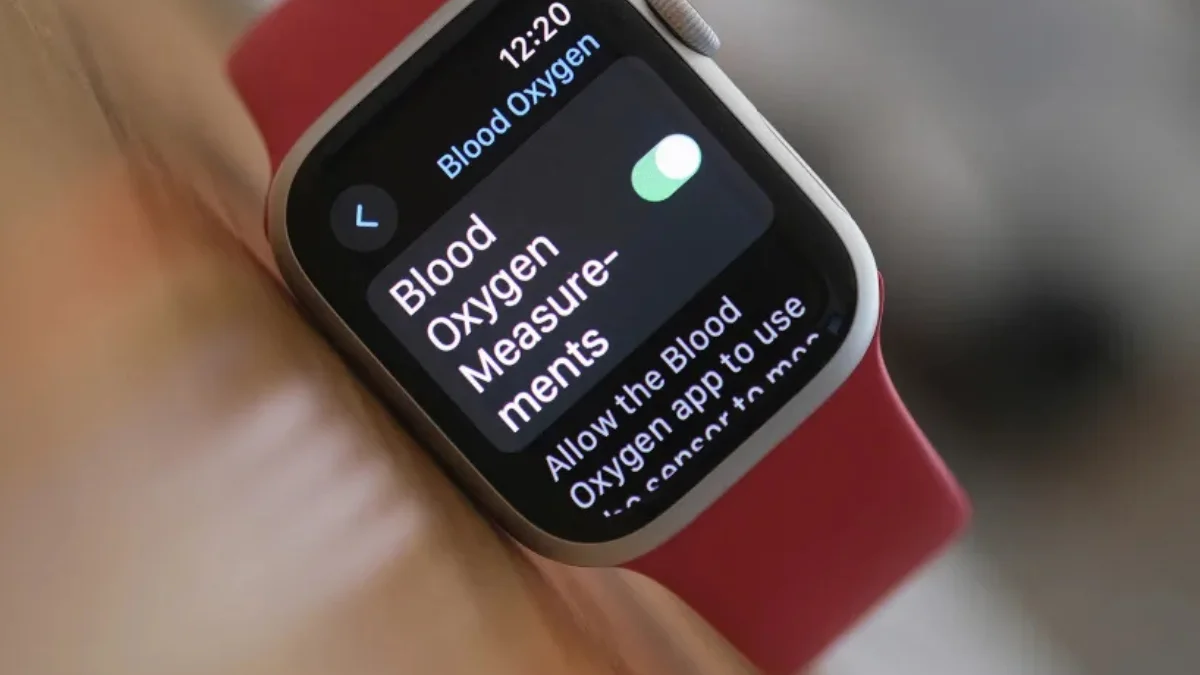Necessary Always Active
Necessary cookies are required to enable the basic features of this site, such as providing secure log-in or adjusting your consent preferences. These cookies do not store any personally identifiable data.
|
||||||
|
||||||
|
||||||
|

Apple announced that it is bringing back the blood oxygen monitoring redesign in its latest Apple Watch models for U.S. customers, namely, Watch Series 8, Series 10, and Apple Watch Ultra, TechCrunch reported. The change comes after the feature was disabled in the U.S. following the 2023 ITC ruling due to a legal dispute with medical technology company Masimo. With the new redesign, users can once again measure their blood oxygen levels, a popular health feature since it first appeared in the Apple Watch Series 6.
The claim accused Apple’s blood oxygen technology infringed on patents owned by the medical device maker. As a result, Apple had to temporarily disable the function on watches sold in the U.S., while continuing to offer it in other markets.
Apple has now introduced what is being called a Masimo import ban workaround Apple Watch. The updated system changes the way the sensor measures and displays blood oxygen levels. Reports suggest the modification allows Apple to avoid infringing on Masimo’s patents, making it possible to reintroduce the feature in the U.S.
Apple’s blood oxygen monitoring redesign ensures that users can once again track their oxygen levels without delays or restrictions. The measurements are still available in the Blood oxygen results in the iPhone Health app, so users can view and analyze their data over time.
The SpO2 calculator back in the Apple Watches in the US marks an important moment for Apple’s wearable health tech strategy. Until now, U.S. customers who bought newer watches missed out on a feature that has become standard for many fitness enthusiasts and people monitoring health conditions. With the Apple Watch’s blood oxygen feature returning, Apple has closed the gap between U.S. and global watch models.
Apple’s decision to restore the feature also reflects its commitment to keeping the Apple Watch competitive in a crowded smartwatch market. Health and fitness features are a major selling point, and SpO2 tracking is one of the most requested functions.
While the legal dispute with Masimo is not fully resolved, Apple’s workaround allows it to keep selling watches with the popular health feature in the U.S. Customers can now take quick readings, store them in the Health app, and use them to track long-term wellness trends. Whether it’s for fitness training, altitude adjustment, or general health awareness, the return of the blood oxygen sensor makes the Apple Watch more complete again.
For Apple, this step reinforces its position as a leader in health-focused wearable technology, ensuring users in the U.S. don’t miss out on features enjoyed by Apple Watch owners worldwide.